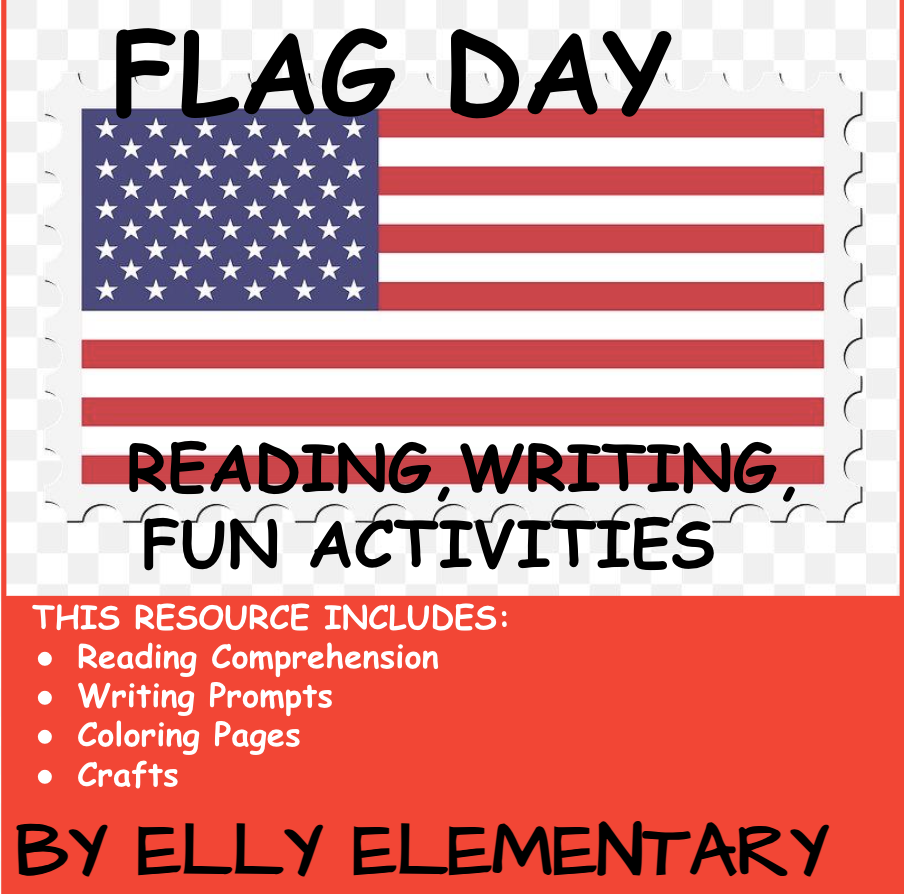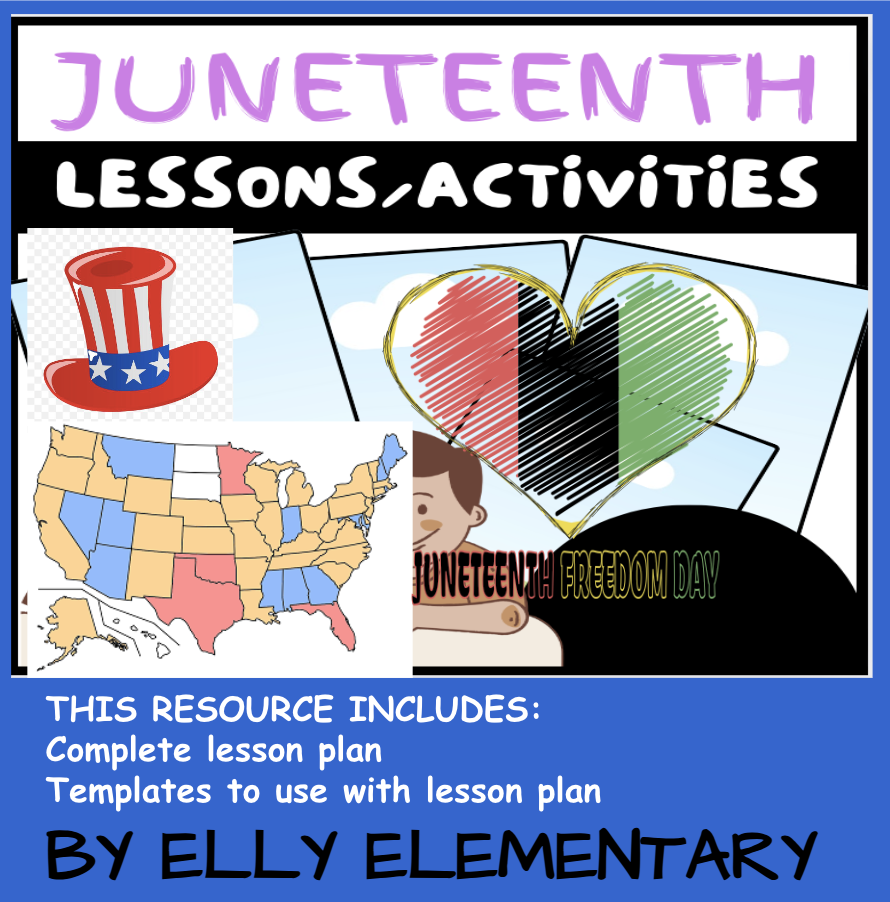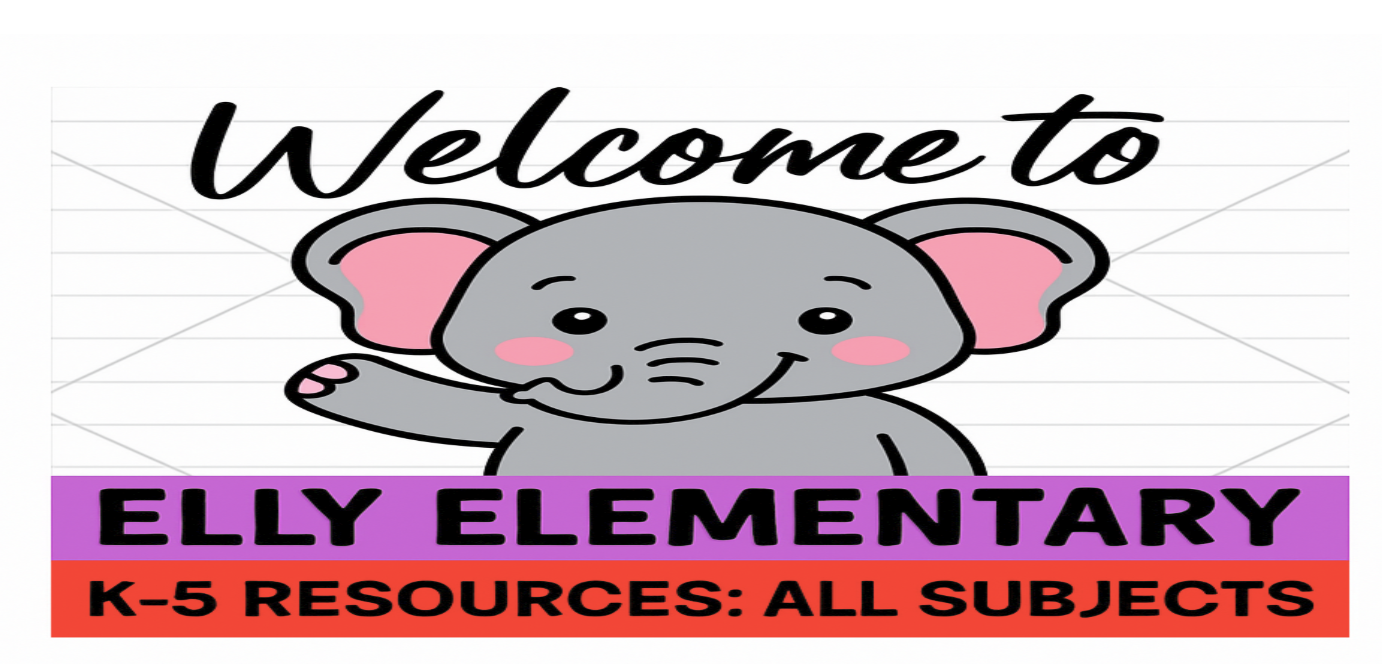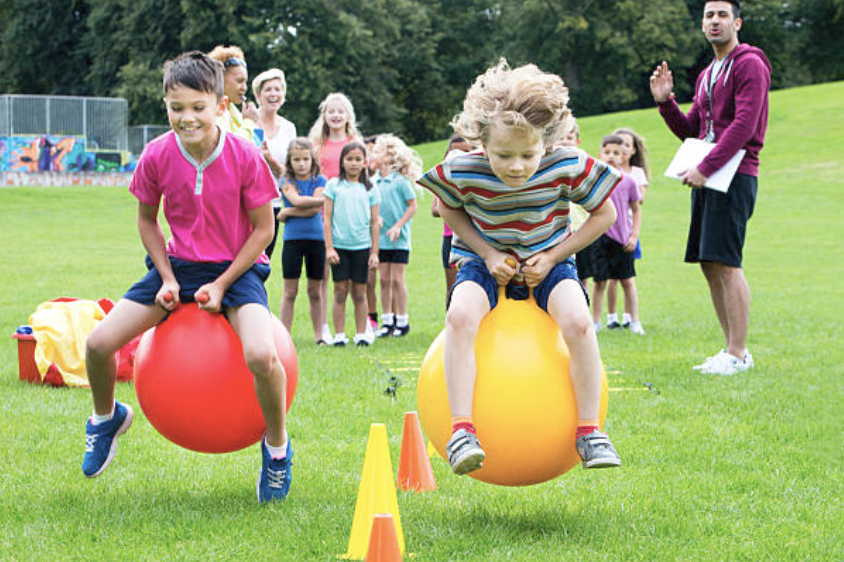Many of us are still in school during June. Make it even better with some fun activities. You can highlight some of the special days we celebrate:
The last month of school can be exciting but challenging—students are eager for summer, but there’s still learning to do! Here's how students can stay motivated and make the most of it:
🎯 1. Set Small Goals
- Teachers can help students set weekly goals (e.g., finish a book, complete a project).
- Check off goals to give a sense of progress and purpose.
🧠 2. Keep Learning Fun
- Use hands-on activities, games, and creative projects.
- Try themed weeks, like “Science Week” or “Reading Adventure Week,” to mix things up.
💬 3. Reflect on the Year
- Have students write letters to their future selves, or create memory books.
- Reflecting helps students appreciate what they’ve learned and how much they’ve grown.
🎉 4. Celebrate Milestones
- Recognize effort with certificates, class awards, or a countdown calendar.
- Celebrate “lasts” (last spelling test, last class meeting) with positive energy.
🤝 5. Keep Structure, But Add Flexibility
- Stick to routines, but build in choice time, outside breaks, or fun Friday activities to keep engagement up.
🏁 6. Look Forward to Summer
- Talk about summer reading or activities they’re excited for.
- Let them create a “summer bucket list” to keep them looking ahead with excitement.
Simple Tip for Students:
“Finish strong! Every day is a chance to learn, have fun, and make great memories with your classmates.”
We celebrate Father's Day to honor and appreciate fathers and father figures for the important roles they play in families and in society. It's a day to recognize their love, support, hard work, and guidance.
Father’s Day is a special day to say “thank you” to dads and people who take care of us like dads. We show them we care by giving cards, doing something kind, or spending time together.

A bit of history:
- Father’s Day started in the United States in the early 1900s.
- It became a national holiday in 1972 when President Richard Nixon signed it into law.
- It is celebrated on the third Sunday in June in many countries, including the U.S., Canada, and the U.K.
Flag Day is celebrated in the United States on June 14 to honor the adoption of the American flag, which happened on June 14, 1777. On this day, we recognize the flag as a symbol of our country’s history, values, and unity.

🧠 Why Flag Day Matters (for students):
- It helps students learn about national symbols and American history.
- It encourages patriotism and respect for the country.
- It’s a chance to discuss what the flag represents (freedom, unity, bravery, etc.).
🇺🇸 Ways Students Can Celebrate Flag Day:
1. Create Flags
- Have students design their own U.S. flags using paper, markers, or fabric.
- Or let them invent a flag for their own country or classroom, explaining its colors and symbols.
2. Learn Flag Etiquette
- Teach them how to respect and handle the flag (e.g., not letting it touch the ground, how to fold it).
- Watch a short video or slideshow on flag history and meanings.
3. Sing Patriotic Songs
- Songs like "You're a Grand Old Flag" or "The Star-Spangled Banner" can be fun and educational.
4. Flag-Themed Crafts
- Make popsicle stick flags, handprint flags, or red-white-blue paper chains.
5. Flag Facts Quiz or Bingo
- Create a fun quiz or game using facts about the flag’s history, number of stars, colors, and what they symbolize.
6. Writing Activity
- Prompt: “What does the American flag mean to you?” or “If you had your own flag, what would it look like and why?”
Juneteenth
Juneteenth is a U.S. holiday celebrated on June 19 that marks the end of slavery in the United States. It combines the words “June” and “nineteenth.”
🧠 What Juneteenth Commemorates:
- On June 19, 1865, Union soldiers arrived in Galveston, Texas, and announced that all enslaved people were free—two and a half years after President Abraham Lincoln had issued the Emancipation Proclamation (January 1, 1863).
- This day became a powerful symbol of freedom and African American resilience.
🏛️ Why Juneteenth Is Important:
- It celebrates freedom, equality, and justice.
- It honors the strength, history, and culture of African Americans.
- It helps students understand an important part of U.S. history.

🎉 Ways Students Can Celebrate or Learn About Juneteenth:
1. Read Picture Books or Watch Videos
- Choose age-appropriate stories that explain Juneteenth and African American heritage.
2. Create Freedom Art
- Make posters or drawings showing what “freedom” means to them.
3. Listen to African American Music
- Introduce students to genres like spirituals, jazz, or blues as part of cultural appreciation.
4. Class Discussion
- Ask: “What does freedom mean to you?” or “Why is it important to remember the past?”
5. Craft or Color the Juneteenth Flag
- Teach about the red, white, and blue Juneteenth flag and what its symbols represent.
Here are some other fun and educational holidays and observances you can celebrate with your class in June
Educational & Awareness Days
- June 1 – Global Day of Parents: Discuss family structures and what parents do around the world.
- June 5 – World Environment Day: Do a nature walk, plant seeds, or have a recycling challenge.
- June 8 – World Oceans Day: Learn about marine life and ocean conservation.
- June 14 – Flag Day (U.S.): Teach flag history, symbolism, and have students design their own flags.
- Juneteenth (June 19): Celebrate African American culture and history through stories, music, or art projects.
Just for Fun
- June 1 – Say Something Nice Day: Practice compliments and positive affirmations.
- June 4 – National Cheese Day: Learn about dairy, make cheese-themed crafts or snacks.
- June 18 – International Picnic Day: Have an outdoor lunch or picnic-style snack time.
- June 21 – First Day of Summer: Celebrate with summer-themed crafts or games.
- June 23 – Let It Go Day: A great time to talk about managing emotions and letting go of stress.
Weekly Observances
- National Gardening Week (1st full week of June): Grow plants, make garden journals, or learn about plant life cycles.
- National Pollinator Week (typically the 3rd week): Learn about bees, butterflies, and their importance to ecosystems.
Schools celebrate Field Day at the end of the school year as a way to:
🎉 Celebrate the Year’s Hard Work
- It’s a fun reward for students after months of learning and effort.
- It gives everyone a chance to relax, laugh, and have fun together before summer break.
🏃 Promote Physical Activity
- Field Day encourages movement, teamwork, and outdoor play.
- It’s a healthy way for students to burn energy and enjoy games like relays, tug-of-war, and obstacle courses.
🤝 Build Team Spirit and Social Skills
- Students learn about cooperation, sportsmanship, and cheering each other on.
- It's a great opportunity for bonding—not just between classmates, but also with teachers and staff.

🌞 Enjoy the Outdoors
- The end of the year usually brings warm weather, making it a perfect time to be active outside.
Most of all, enjoy all the fun moments that end your school year and think about what you have accomplished, what have you learrned, what new friends did you make and what can you bring to next year's class. These are all things for students (and teachers) to think about the last month of school.
Check out my store, Elly Elementary, for all your K-5th grade curriculum needs. I have resources for many of your Spring and end of year curriculum areas that your class will love.
Join me on Facebook and Instagram. Let me know if you are looking for anything in particular. (Email: ellyelementary@gmail.com)



Comments ()